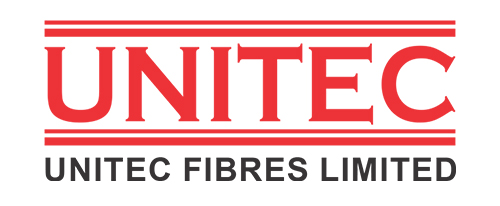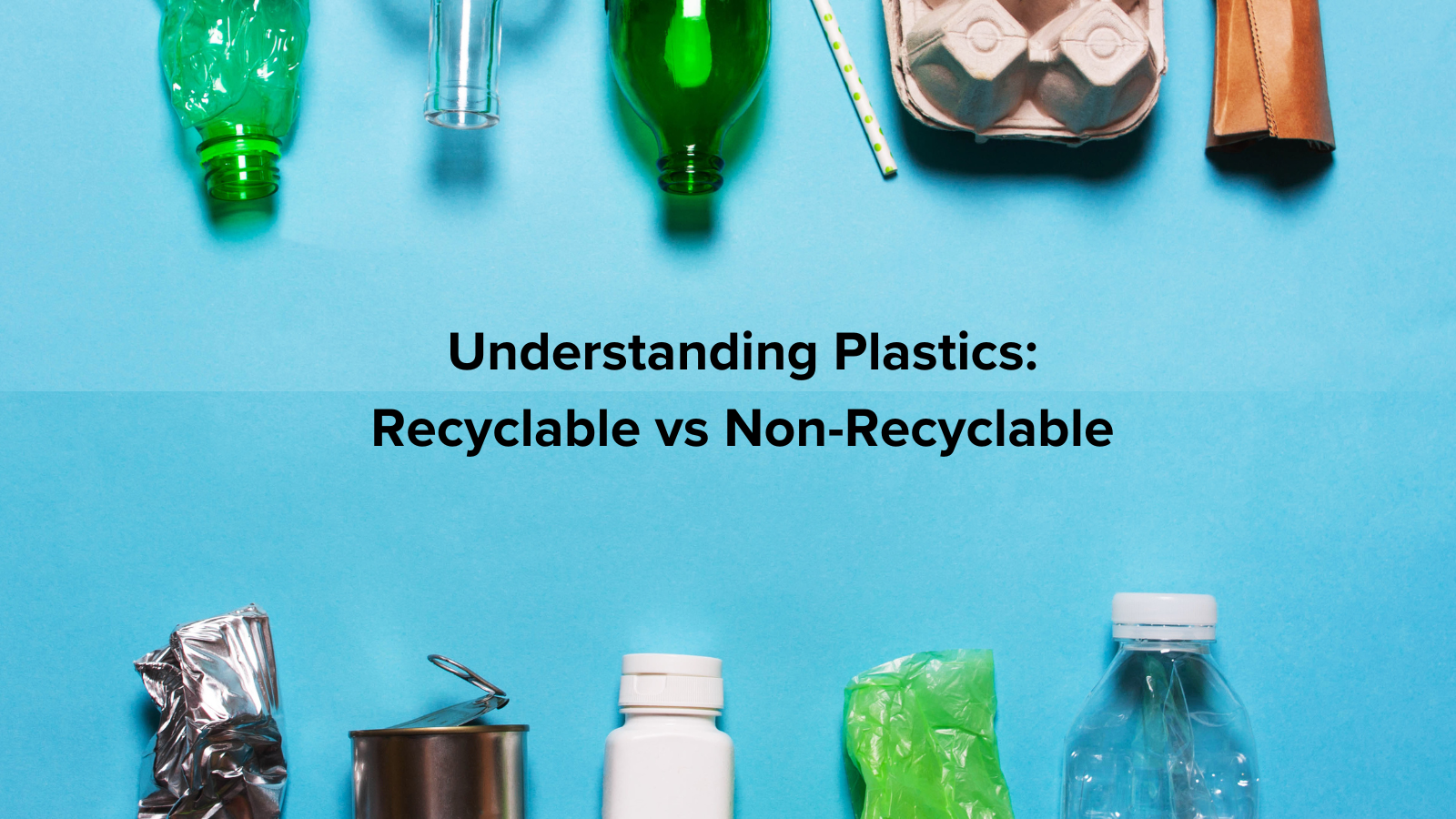Plastic types differ widely in their recyclability and usability. Making informed choices helps reduce pollution and supports a circular economy.
Common Recyclable Plastics –
- PET (Polyethylene Terephthalate) – Resin code #1, used in soft drink and water bottles. Extremely recyclable into rPET fibres and yarns. Globally and in India, PET recycling is well-developed.
- HDPE (High-Density Polyethylene) – Resin code #2, found in milk containers, detergents. Widely accepted and mechanically recycled into bottles, pipes, etc.
- LDPE ( Low-Density Polyethylene) – Resin code #3, is majorly used in plastic bags, wraps. Recyclable but often not accepted curbside in India. Can be repurposed into floor tiles, liners.
- PP(Polypropylene) – Resin code #5, in containers, food packaging, automotive parts. Recyclable in specialized streams.
These plastics are thermoplastics, which indicates that they can be melted down and reshaped many times without changing the inherent chemical properties.
Plastics That Are Hard to Recycle
- PVC (Polyvinyl Chloride) – Code #3, used in pipes, synthetic leather, and medical tubing. Recycling is difficult due to toxic additives and contamination risks.
- PS (Polystyrene/Styrofoam) – Code #6, used for disposable cups, foam packaging. Very low recyclability, costly to process.
- Multi‑layer films, bubble wraps, snack wrappers – Flexible plastics that jam machinery and are seldom recycled.
- Thermoset plastics – Used in adhesives, kitchenware, and electrical parts. Once set, these cannot be melted or reshaped.
Other Plastics and Bioplastics
Categories like PC (Polycarbonate), ABS, PLA, acrylic, nylon, and certain composites often pose recycling challenges. Some, like PLA, are only compostable in industrial settings and not part of regular recycling streams.
Why Some Plastics Don’t Get Recycled
- Contamination: Food residue, mixed materials, dyes, and additives reduce recyclability. Mixed plastic batches often degrade overall quality.
- Economic viability: Virgin plastics are cheap to produce, making recycling low-value plastics less profitable.
- Polymer degradation: After multiple cycles, thermoplastics lose strength, and pure-grade recyclate is harder to produce.
- Limited infrastructure: In India, the informal recycling sector may be large, but formal collection and sorting networks vary widely. Some plastics aren’t accepted by municipalities at all.
Unitec Fibres: Leading Circularity with PET Recycling
Unitec Fibres is a pioneer in India’s rPET space, as one of the country’s leading manufacturers of recycled polyester fibre.
Their model demonstrates how PET bottle waste can be transformed into high‑quality polyester yarns and fibres:
- Scale: Processing over 35 lakh bottles per day, recycles more than 2,000 tonnes of PET monthly.
- Process: PET bottles are sorted, washed, crushed into flakes, then spun into fibres used across textiles, home furnishing, automotive applications, and more.
- Sustainability impact: rPET production uses up to 59% less energy and emits around 30% fewer greenhouse gases compared to virgin polyester.
- Certifications: Operates with GRS, ISO 14001:2015, ISO 9001:2015, and Oeko‑Tex certifications, ensuring global standards and EPR compliance.
Through such consistent efforts, Unitec supports a circular economy where post-consumer PET is given new life as textiles or industrial fibres, rather than being incinerated or worse, ending up in landfills.
What We As Consumers Can Do –
- Prefer products made from widely recycled plastics (PET, HDPE). Look for resin codes 1 and 2.
- Rinse and sort plastic bottles and containers before disposal.
- Say no to plastics like PVC, polystyrene, cling films, and sachets that are rarely recycled.
- Lend our support to brands that use rPET-certified materials and also adhere to EPR
obligations. - Partake in local collection drives or drop-off points whenever available.
By learning which plastics are recyclable and supporting responsible recycling practices and innovators like Unitec Fibres, Indian consumers can play a vital part in closing this loop: reducing waste, conserving resources, and moving toward a truly circular economy.

